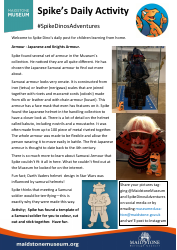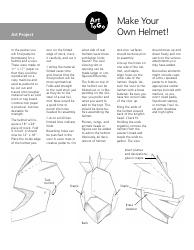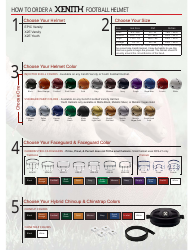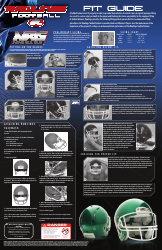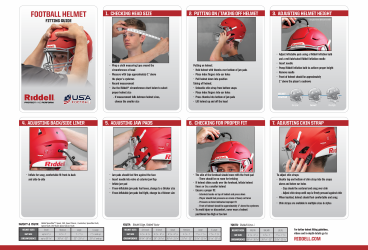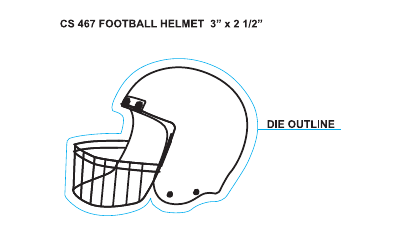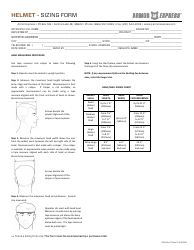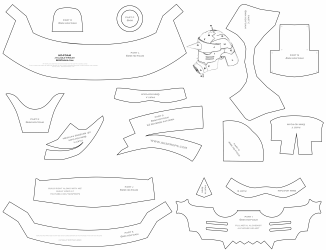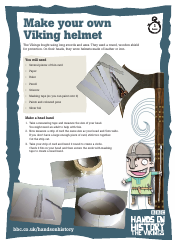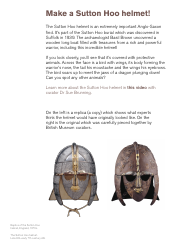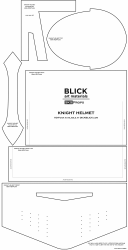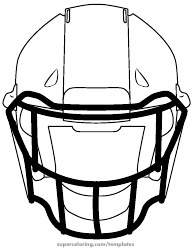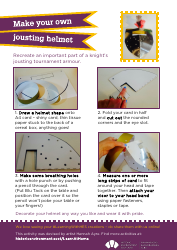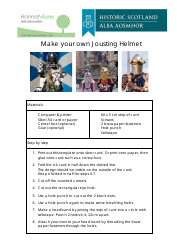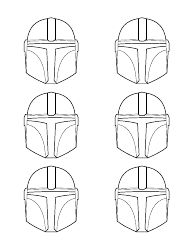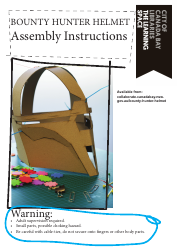Samurai Helmet and Mask Templates
Samurai Helmet and Mask templates are typically used for a variety of purposes. They are often utilized for arts and crafts projects, particularly for children in schools studying about Japan's history, or for DIY enthusiasts. Some people use these templates to create a samurai-themed costume for Halloween, cosplay events, or historical reenactments. Graphic designers or artists may also use these templates as a reference for creating digital artwork or illustrations depicting Samurai. In addition, Samurai Helmet and Mask templates can also be used as teaching tools to educate others about Samurai, who were a class of highly skilled warriors during the feudal era of Japan.
The Samurai Helmet and Mask templates, often used for craft projects, are typically filed by individuals, craft enthusiasts, teachers, or organizations dedicated to arts and crafts, history, or Japanese culture. The filing of these templates isn't attributed to a particular country or governmental entity. It's important to note that Samurai outfits, including helmets and masks, hold historical and cultural significance in Japan, and these templates should be used with the utmost respect towards the culture.
FAQ
Q: What is a samurai helmet and mask?
A: A samurai helmet, also known as a kabuto, and mask, or menpo, were crucial parts of the armor suit worn by Samurai - the feudal warriors of ancient Japan. The helmet was often impressively decorated reflecting the wearer's rank, personal symbols, or clan mon. Menpo, usually made from iron or lacquered leather, covered the face and displayed frightening expressions to intimidate enemies during warfare.
Q: What is a template?
A: A template, in general terminology, is a model or a guide used as a starting point for creating something. It gives direction on how a certain thing can be done or made. In this document, samurai helmet and mask templates would be guides to help create replicas of these historical artefacts.
Q: Can I make a samurai helmet and mask at home?
A: Yes. With the right materials such as paper, cardboard, paints, and the right templates, you can make your own samurai helmet and mask at home. It would be a fun DIY project or an excellent educational activity for kids interested in Japanese culture and history.
Q: How is a samurai helmet made?
A: Traditionally, a samurai helmet was made by skilled craftsmen. It was comprised of many small metal plates meticulously tied together using leather or silk laces. The helmet also often had a neck guard made of several layers of lacquered metal strips. For DIY purposes, different materials like paper, cardboard, or foam can be used with the help of templates.
Q: Why did samurai wear masks?
A: Samurai wore masks primarily for protection. The masks, made of iron or leather, were designed to protect the face in battle. They also had a psychological purpose, as the masks were often fashioned in intimidating expressions to frighten enemies on the battlefield. The masks were a significant component of the complete armor set known as Yoroi.
Q: Is it respectful to wear a samurai helmet and mask?
A: In general, it's important to remember that samurai helmets and masks hold deep historical and cultural significance to Japan. While creating replicas for educational or personal purposes can be a way to appreciate Japanese history and culture, these items should be treated with respect. Wearing them as part of a costume for events like Halloween may be seen as cultural appropriation.















